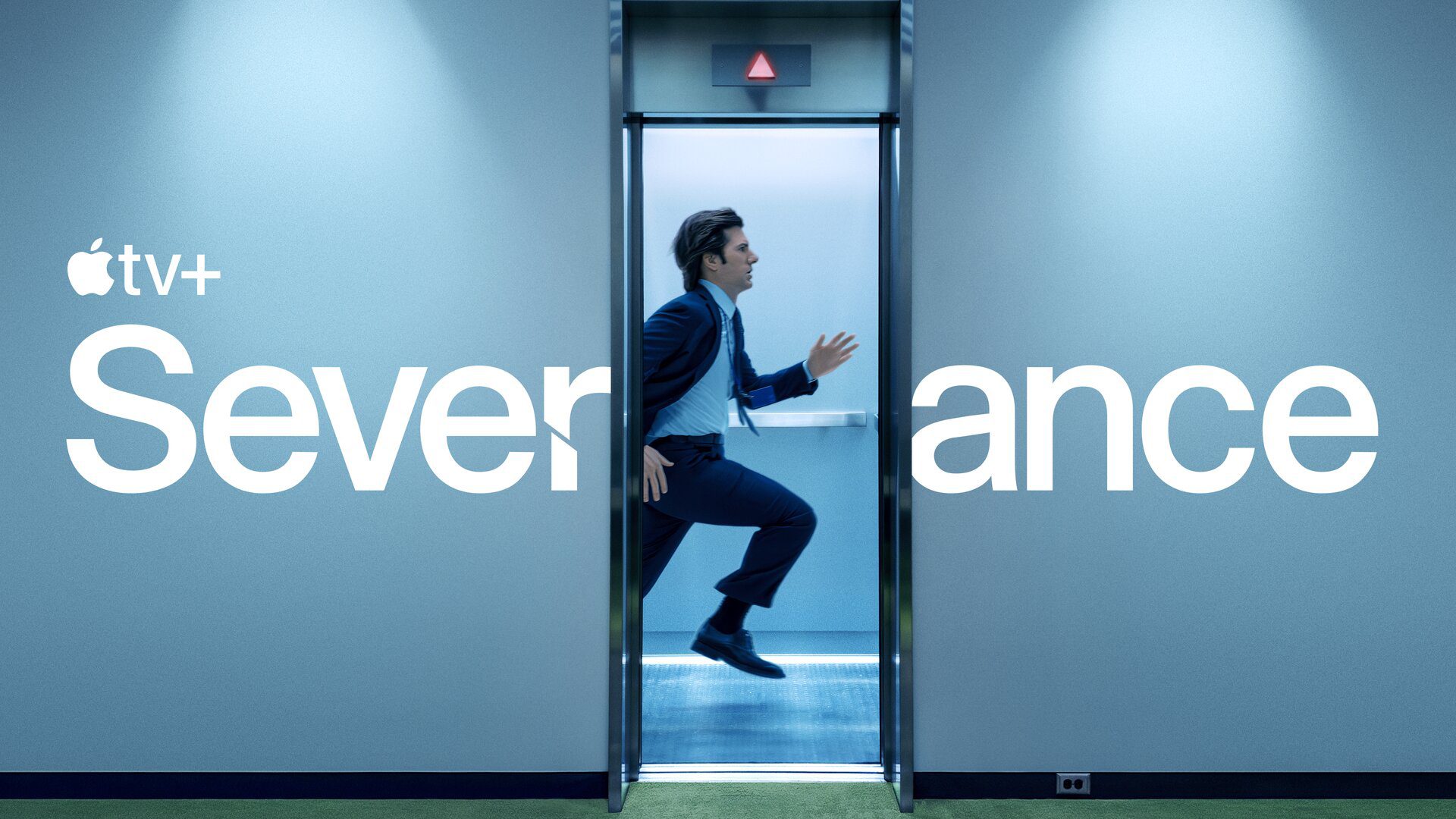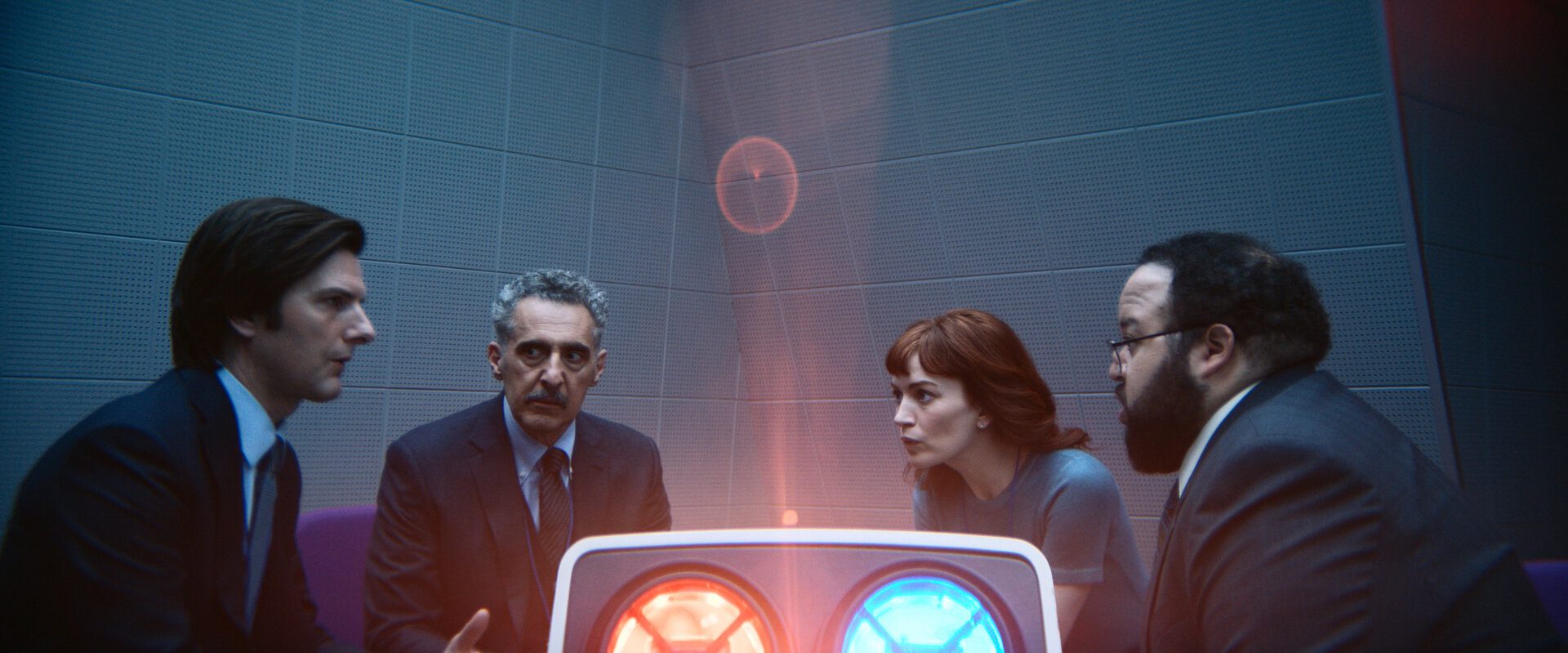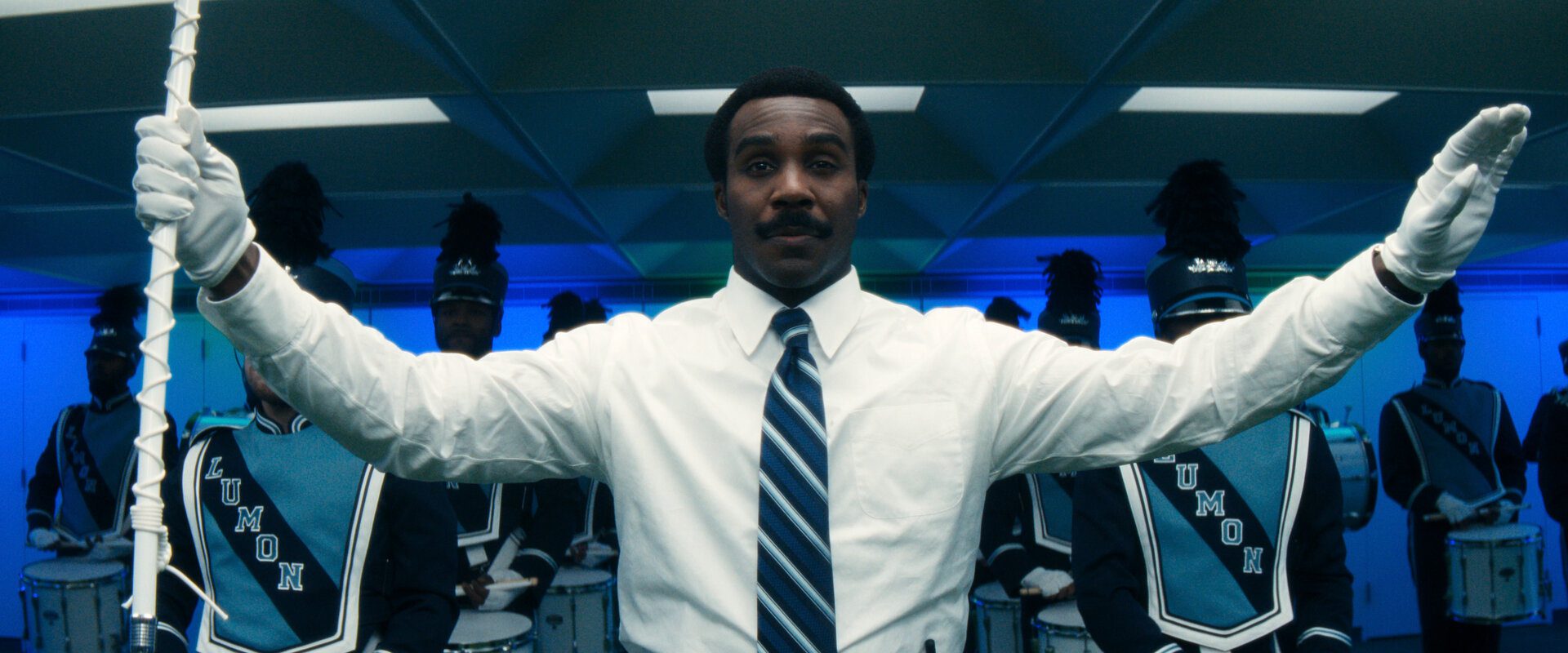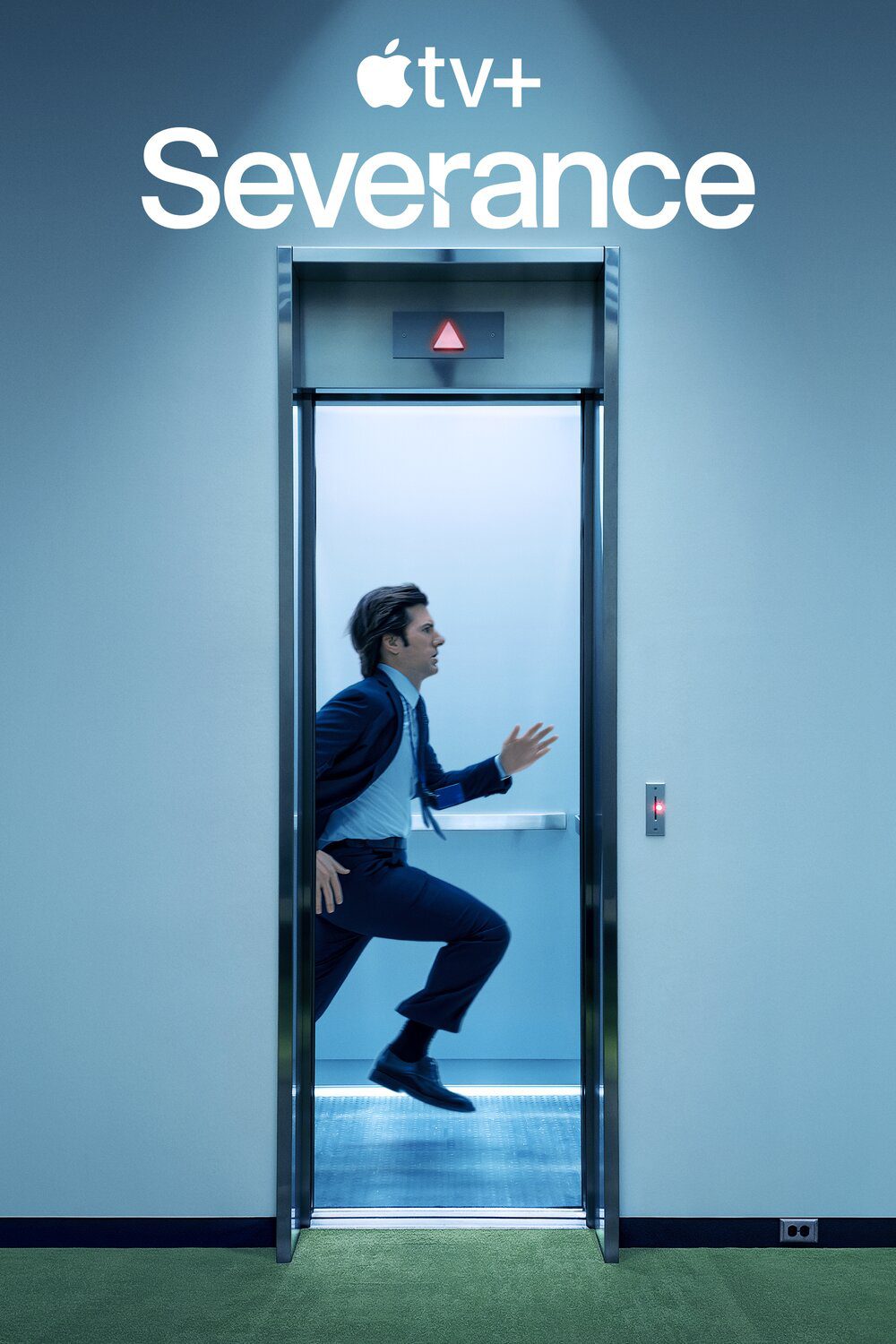
Introduction: Lumon’s Elevator Rises Again
Three years after the first‑season cliffhanger stopped viewers cold, Severance returns with a second season that is sharper, stranger, and, crucially, more emotionally grounded. Premiering Jan. 17, 2025, the new run wastes no time reminding us why Dan Erickson’s sci‑fi provocation cut through the prestige TV noise in 2022. The show is still a mystery box, but the questions are now narrower and more resonant, shifting from “What is Lumon doing?” to “Who are these people when the lights come back on?”
Table of Contents
Story: Deeper Into Identity and Rebellion
Season 2 opens on Mark S.’s “innie” alone on an empty severed floor, months after the Macrodata Refinement team briefly tasted life outside. The vanished co‑workers, the newly christened “Macrodata Uprising,” and a secret project dubbed Cold Harbor form the spine of a season that toggles between existential dread and propulsive thriller. Erickson’s writing threads the needle: the office corridors still hum with Lynchian menace, yet we spend more time topside, where each “outie” must confront the labor they outsourced to their other half. The pacing is brisker than the debut season, thanks to a structure that pairs big reveals with intimate consequences. Viewers may not leave with fewer questions, but the uncertainties feel focused rather than sprawling, setting the table for an already confirmed third act.

Characters: Dual Selves, Unified Performances
Adam Scott continues to anchor the series, and his ability to shade two Marks, a grief‑stricken widower outside, and a wide‑eyed rebel inside, powers the show’s most wrenching sequences. Britt Lower meets him beat for beat as Helly R. and Helena Eagan, toggling between righteous fury and cold corporate entitlement. Tramell Tillman’s Seth Milchick is no longer a smiling enforcer; he is a middle manager trapped in his own quiet hell, a turn that adds unexpected pathos. Newcomers Bob Balaban and Alia Shawkat drop in for sly cameo appearances that underline how fashionable the show has become among veteran talent.
John Turturro and Christopher Walken deepen the season’s emotional center as Irving and Burt reckon with the cost of a forbidden connection. Even one‑scene players feel essential. It is rare TV chemistry: every actor reflects the show’s core idea that the self is neither singular nor stable.
Direction: Stiller and Company Tighten the Screws
Ben Stiller directs five of the 10 episodes, with Uta Briesewitz, Samuel Donovan, and first‑time Severance director Jessica Lee Gagné rounding out the slate. Together they sustain the series’ signature mix of deadpan absurdity and gnawing dread, but the camera now ventures outside Lumon’s fluorescent labyrinth. Wide shots of a snow‑blanketed Kier, create negative space that makes the underground maze feel even more claustrophobic when the action snaps back inside. Long takes accentuate the inescapability of work, while brisk cross‑cuts during “outie” scenes convey a freedom the innies can barely imagine.

Technical Craft: Brutalist Elegance and Analog Echoes
Production designer Jeremy Hindle doubles down on his retro‑futurist hallways, reconfiguring 140 feet of movable corridor into fresh spatial riddles each episode. Greens and eggshell whites dominate the palette, but the occasional pop of red—a fire alarm, a rogue exit sign—lands like a jump scare. Cinematographer Jessica Lee Gagné lights the MDR bullpen in soft overhead panels that keep faces evenly exposed, a visual cue that these workers have no shadows of their own.
The score, once a minimalist piano motif, expands into low brass and analog synths that pulse in sync with clock‑in chimes. Composer Theodore Shapiro slips New Wave deep cuts into outie scenes, underscoring the cultural gap between halves of the same person. The sound design also pulls double duty: the thunk of a Lumon keyboard is identical to the click of an outie’s garage-door remote, an audible reminder that work and home differ only by context.
Themes: An Anti‑Capitalist Mirror
Season 2 leans hard into the political text that made the first outing more than a clever concept. Severance no longer merely questions work‑life balance; it indicts any system that would sever laborers from their own humanity for profit. In one bravura sequence, innie Helly silently watches a training video in which her outie touts severance as a philanthropic act. It is corporate propaganda, yet it lands like self‑betrayal, the purest expression of how capital can co‑opt even our empathy. The writing refuses neat redemption arcs. If there is a true self, Severance argues, it is transient, shaped by power dynamics, trauma, and the stories we tell to keep going.

Reception: Already a Touchstone
Critics have greeted the sophomore run with near‑universal acclaim. Rotten Tomatoes lists a 95 percent approval rating, while Metacritic posts an 86. These plaudits feel earned: Severance has become the yardstick against which new genre shows, and perhaps workplace narratives at large, will be measured.
Final Thoughts: Five of Five, With the Hardest Work Still Ahead
Severance Season 2 is an impressive ride that fulfills the promise of the first season while clearing the narrative underbrush for a finale that could redefine television’s mystery playbook. By sharpening its focus on identity, leveraging a fearless ensemble, and criticizing corporate overreach with wit and horror, the series stakes a claim as the most vital science‑fiction drama of the streaming era. The elevator doors are open once more; what lies beyond is terrifying, but we cannot look away.
About “Severance” Season 2
Synopsis: In “Severance,” Mark Scout (Adam Scott) leads a team at Lumon Industries, whose employees have undergone a severance procedure that surgically divides their memories between their work and personal lives. This daring experiment in “work-life balance” is called into question as Mark finds himself at the center of an unraveling mystery that will force him to confront the true nature of his work … and of himself. In season two, Mark and his friends learn the dire consequences of trifling with the severance barrier, leading them further down a path of woe.
Creator: Dan Erickson
Directors: Ben Stiller, Uta Briesewitz, Samuel Donovan, Jessica Lee Gagné
Cast: Adam Scott, Britt Lower, Zach Cherry, Tramell Tillman, Jen Tullock, Dichen Lachman, Patricia Arquette, Michael Chernus, Sydney Cole Alexander, Ólafur Darri Ólafsson, Sarah Bock, John Turturro, Christopher Walken
Rated: TV-MA
Runtime: about 50m per episode
Released: 10 episodes, January 17 – March 21, 2025
Streaming: Apple TV+

he/him • aapi • intj • geek • photographer • journalist • podcaster • martial artist • foodie • dj • cinephile • gamer • traveler





























